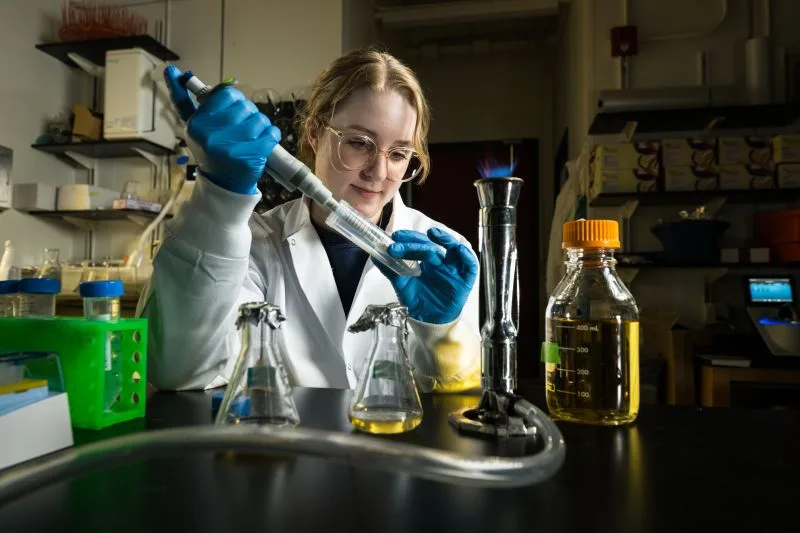RSS Feed Source: Science Daily
A team of researchers supported by the U.S. National Science Foundation has successfully made self-growing microlenses using bacteria and enzymes found in sea sponges. Because the microlenses are created by bacterial cell factories that function at standard temperatures and pressures, they are less expensive to produce — and they are exceptional at focusing light into very bright beams. The microlenses could allow for higher-resolution image sensors that go beyond current capabilities, potentially allowing doctors to more clearly see tiny structures inside cells.
In nature, sea sponges mineralize silica-based glass at a cellular level to create their intricate and strong glass skeletons. The researchers replicated that mechanism in a lab setting. Their research was published in Proceedings of the National Academy of Sciences
“This research is the first to engineer light-focusing properties into bacteria cells, and I am excited to explore the different possibilities that our work has opened up,” says one of the study’s authors and University of Rochester researcher Anne S. Meyer.
Credit: Photo by J. Adam Fenster/University of Rochester
University of Rochester graduate student Lynn Sidor prepares a batch of bacteria cells that will self-assemble their own glass coating, in the lab of associate professor Anne S. Meyer. Meyer has worked with colleagues in optics and physics to develop a new type of
Click this link to continue reading the article on the source website.

